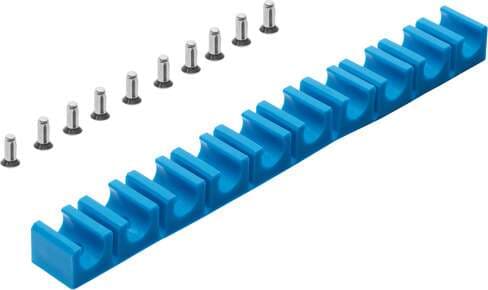| 526105 vacuum generator VN-07-H-T2-PI2-VI2-RO1 Standard, high vacuum width 10 mm, T sha... | Festo | | | |
| 153132 push-in T-connector QST-12 Size: Standard, Nominal size: 8,7 mm, Assembly positi... | Festo | | | |
| 550481 plug socket with cable KMYZ-4-2,5-B-EX Combination of MSZB and MSZC connection. ... | Festo | | | |
| 531229 filter regulator MS4N-LFR-1/4-D6-CRM-AS 7 bar maximum output pressure, 5 µm filt... | Festo | | | |
| 9543 ball valve QH-1/2 Manuel brass ball valve with ISO 228 thread. Valve function: 2... | Festo | | | |
| 540171 vertical pressure supply plate VABF-S4-1-P1A3-G14 For valve terminals VTSA and V... | Festo | | | |
| 8043214 solenoid valve VUVS-LK20-M52-AD-G18-1C1-S Valve function: 5/2 monostable, Type o... | Festo | | | |
| 153134 push-in T-connector QST-6-4 reducing. Size: Standard, Nominal size: 2,3 mm, Asse... | Festo | | | |
| 530506 fine filter MS6-LFM-1/2-BRV 1 µm filter, plastic bowl with plastic bowl guard, f... | Festo | | | |
| 2030 quick connector CK-1/4-PK-6 Male thread with sealing ring, metal version. Nomina... | Festo | | | |


















